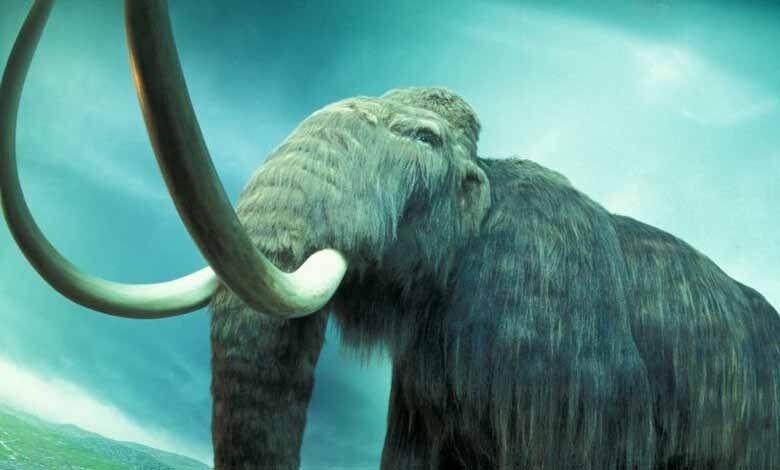A Scientific Project.. Will Mammoth Return Save Planet?

The events of the fictional Jurassic Park seem to be getting closer to reality. It is now possible to install the DNA of the wooly mammoth, and perhaps bring that symbol back from the ice age.
Woolley Mammoth’s scientific project synthesizes the genes of the extinct animal 4000 years ago.
The mammoth, a herbivorous animal, lived in many cold northern regions, benefiting from its dense fur, which protects it against extreme cold. The Asian mammoth and elephants are descended from one ancestor and are very genetically similar.
In an interview with National Geographic, Ben Mezresh, author of a book on the science project, explained how scientists seek to synthesize genetic information that makes up the mammoth genome.
But we’re not talking about cloning mammoth, but using the genes of Asian elephants that are 99% similar to mammoth. So the project is going to mate the animal genes with the most important mammoth properties.
So the idea is, by inoculating the genes of an Asian elephant’s fetus with mammoth genes, and returning them to the mother’s womb. The goal will be to have the first child in less than three years.
But what is the goal? What impact does it have on climate?
First, the vast Siberian plains are made up of permafrost, continuously frozen, and sequestered carbon dioxide.
The large herbivorous animals that lived in the area stimulated the growth of the steppe herbs. These weeds prevent sunlight from penetrating the soil interior and dissolving it through their light color, which forms a kind of mirror for solar radiation.
With fewer animals in the region, scientists believe the revival of large animals will have a positive effect on the rapid growth of herbs, thus contributing to a drop in land temperatures in these plains like Siberia to 9.4 degrees Celsius, preventing carbon from escaping.












